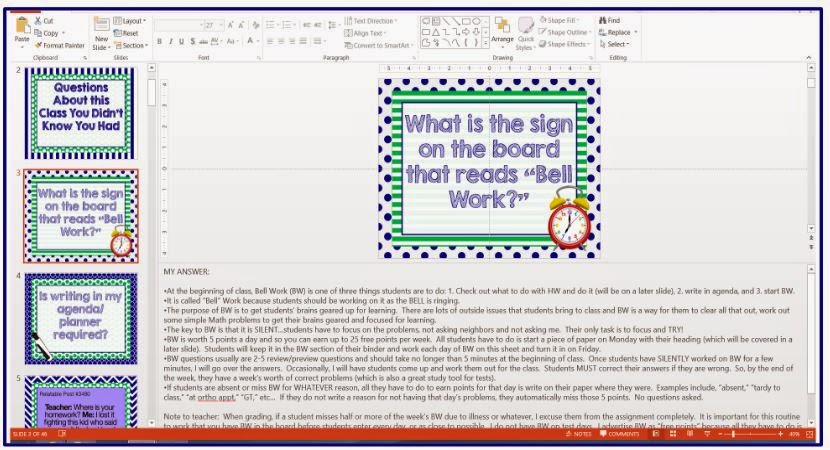Looking for some simple yet effective ways to help struggling readers and English Language Learners in your classroom? Aside from working on skill-building and reading strategies, there are a few quick and easy modifications you can make to your resources to help your struggling readers:
1 – Use a sans serif font, such as Arial, Century Gothic, Trebuchet, or Verdana. Serifs – or the small projecting features at the ends of letters in fonts such as Times New Roman – can slow reading down considerably, causing students to lose the meaning of the text.
1 – Use a sans serif font, such as Arial, Century Gothic, Trebuchet, or Verdana. Serifs – or the small projecting features at the ends of letters in fonts such as Times New Roman – can slow reading down considerably, causing students to lose the meaning of the text.
2 – Be sure you have only one space at the end of sentences, rather than the old-school method of two spaces. Two spaces at the ends of sentences looks like a running pool of blank space to struggling readers. It draws their eyes away from the actual words, making reading a tedious process.
3 – Do not justify reading passages. To the detriment of my inner artsy, creative child: I love order, organization, and symmetry – which means I LOVE to justify my texts so that both the left and the right columns are evenly spaced . . . as you can tell from all my blog posts. To me, this makes the text look polished and professional, as in a novel. However, fully justified text causes struggling readers to see rivers of space, making the words disjointed and causing learners to read in clipped, fragmented phrases, breaking down comprehension. For many struggling readers, it’s better to left-justify text and let the right column look ragged.
4 – When possible, copy worksheets on blue or green paper. White paper creates a glare for struggling readers, making it difficult to concentrate on the words and causing them to fatigue quicker. If it’s not possible to copy on blue paper, consider purchasing blue overlays for students to place over their worksheets.
While the following pages may look similar to non-struggling readers, there is a world of difference in them for struggling readers. I modified page 2 in less than three minutes; for struggling learners, it is much more conducive to fluent reading, leading to increased comprehension:
Have a tip to add? Please share it below!

























